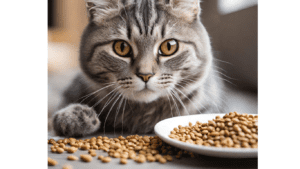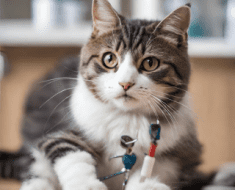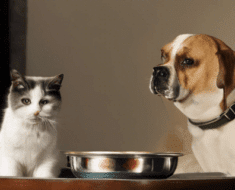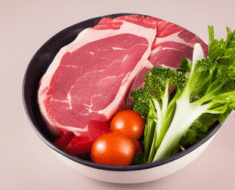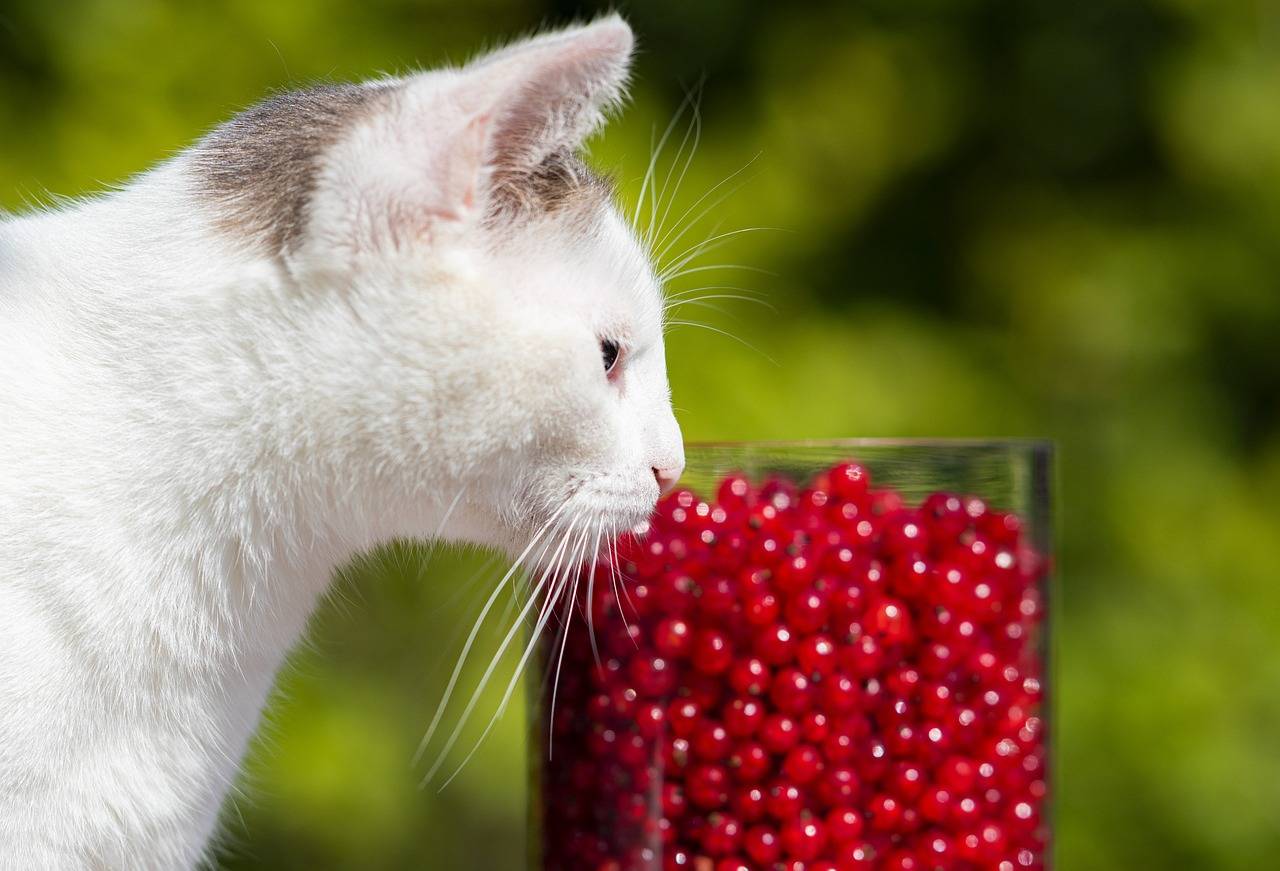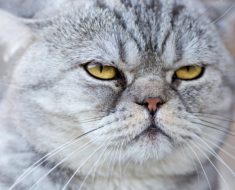Our feline friends are not just pets; they’re cherished members of our families. As responsible cat owners, we constantly strive to provide them with the best, and that includes their diet. One dietary trend gaining popularity is grain-free dry cat food, promising a healthier and more satisfying meal for our furballs.
Understanding the Need for Grain-Free Diets in Cats
Cats are obligate carnivores, and their digestive systems are not designed to handle grains efficiently. Grain-free diets cater to their carnivorous nature, focusing on protein-rich ingredients that mirror what they would consume in the wild. This dietary shift aims to address potential health issues related to grain consumption, such as allergies and digestive problems.
Benefits of Grain-Free Dry Cat Food
Making the switch to grain-free dry cat food comes with a myriad of benefits. From improved digestion to healthier skin and coat, the advantages are noticeable. Grain-free diets may also contribute to weight management, making it an appealing choice for cats prone to obesity.
Key Ingredients for a Healthy Grain-Free Cat Food
Crafting a wholesome grain-free cat food requires careful consideration of ingredients. Opt for quality proteins like chicken or fish, ensuring they form the bulk of the recipe. Incorporate essential fats and oils for a shiny coat, and don’t forget the micronutrients that contribute to overall health.
Crafting Your Own Grain-Free Dry Cat Food Recipe
Selecting Quality Proteins for Feline Nutrition
Start your journey into grain-free cat food by choosing top-tier proteins. Whether it’s lean chicken, turkey, or fish, ensure they provide the necessary amino acids crucial for your cat’s well-being.
Essential Fats and Oils for a Shiny Coat
A glossy coat is a sign of a healthy cat. Include omega-3 fatty acids from sources like fish oil to promote skin health and give your feline companion that enviable sheen.
Incorporating Micronutrients for Overall Health
Don’t overlook the importance of micronutrients. Vegetables like spinach and carrots can provide essential vitamins and minerals, contributing to a well-rounded and nutritious meal.
The Step-by-Step Guide to Preparing Grain-Free Dry Cat Food
Gathering the Ingredients and Tools
Before you embark on your culinary adventure, ensure you have all the necessary ingredients and tools. This includes high-quality proteins, fats, oils, and micronutrient-rich vegetables. Invest in cat-friendly baking molds for portion control.
Mixing and Forming the Cat-Friendly Recipe
Once you have everything ready, it’s time to mix and form your cat-friendly recipe. Pay attention to proportions and ensure a well-balanced mix of proteins, fats, and micronutrients. Your cat’s taste buds will thank you for the effort.
Baking and Storing Your Homemade Creation
The final step involves baking your creation to perfection. Follow recommended temperatures and timings to retain nutritional value. Once done, store the grain-free dry cat food in airtight containers, ensuring freshness for your cat’s next delightful meal.
Common Mistakes to Avoid When Making Grain-Free Dry Cat Food
Choosing Inappropriate Ingredients
Not all ingredients are cat-friendly. Avoid harmful additives, excessive salt, and spices that may upset your cat’s stomach. Stick to simple, nutritious components for a safe and enjoyable meal.
Overlooking Portion Control
While we want to pamper our cats, it’s crucial not to overfeed them. Stick to recommended portion sizes to prevent obesity and related health issues.
Ignoring Individual Feline Preferences
Cats, like humans, have preferences. Pay attention to what your cat enjoys, and tailor your grain-free recipe accordingly. It’s about creating a meal that caters to both health and taste.
Ensuring a Smooth Transition to Grain-Free Nutrition
Gradual Introduction and Observation
Switching your cat to a grain-free diet should be a gradual process. Introduce the new food slowly, mixing it with their existing diet, and observe how they respond. This helps prevent digestive upset and allows for a smoother transition.
Seeking Professional Advice for Tailored Diets
Every cat is unique, and their nutritional needs may vary. Consult with your veterinarian to create a tailored grain-free diet plan that considers your cat’s age, health condition, and preferences.
Monitoring Your Cat’s Health Throughout the Transition
Keep a close eye on your cat’s health during the transition period. Look out for changes in behavior, coat quality, and litter box habits. Any significant concerns should be discussed with your veterinarian promptly.
Frequently Asked Questions about Grain-Free Dry Cat Food
Is Grain-Free Dry Cat Food Suitable for All Cats?
Yes, grain-free dry cat food is suitable for most cats, especially those with grain allergies or sensitivities. However, consulting with your veterinarian is recommended for personalized advice.
How Long Does it Take for a Cat to Adjust to Grain-Free Food?
The adjustment period varies among cats. Some may adapt quickly, while others might take a few weeks. Patience is key, and gradual transitions tend to be more successful.
Are Homemade Grain-Free Cat Food Recipes Safe?
When prepared with care and attention to nutritional balance, homemade grain-free cat food recipes can be safe and beneficial. Ensure you follow the recommended guidelines and consult with your veterinarian.
Can Grain-Free Diets Help with Cat Allergies?
Yes, switching to a grain-free diet may help alleviate allergies in some cats. However, it’s essential to identify the specific allergen and consult with a veterinarian for proper diagnosis and guidance.
What Signs Indicate That My Cat Benefits from Grain-Free Nutrition?
Improved coat quality, increased energy levels, and stable digestion are signs that your cat is benefiting from a grain-free diet. Regular vet check-ups can further confirm their overall health.
In conclusion, making grain-free dry cat food at home is a rewarding endeavor that contributes to your cat’s well-being. By understanding their nutritional needs, selecting quality ingredients, and following a thoughtful preparation process, you provide a personalized and wholesome diet. Keep the transition gradual, monitor your cat’s health, and revel in the joy of crafting a meal that nourishes both body and soul.
